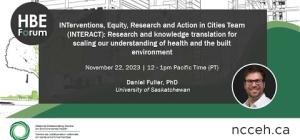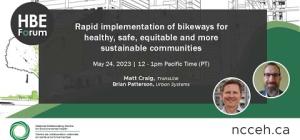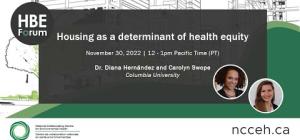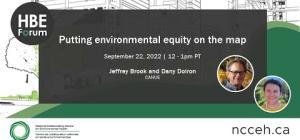
Paradox of wealth and health: Resource development and social determinants of health
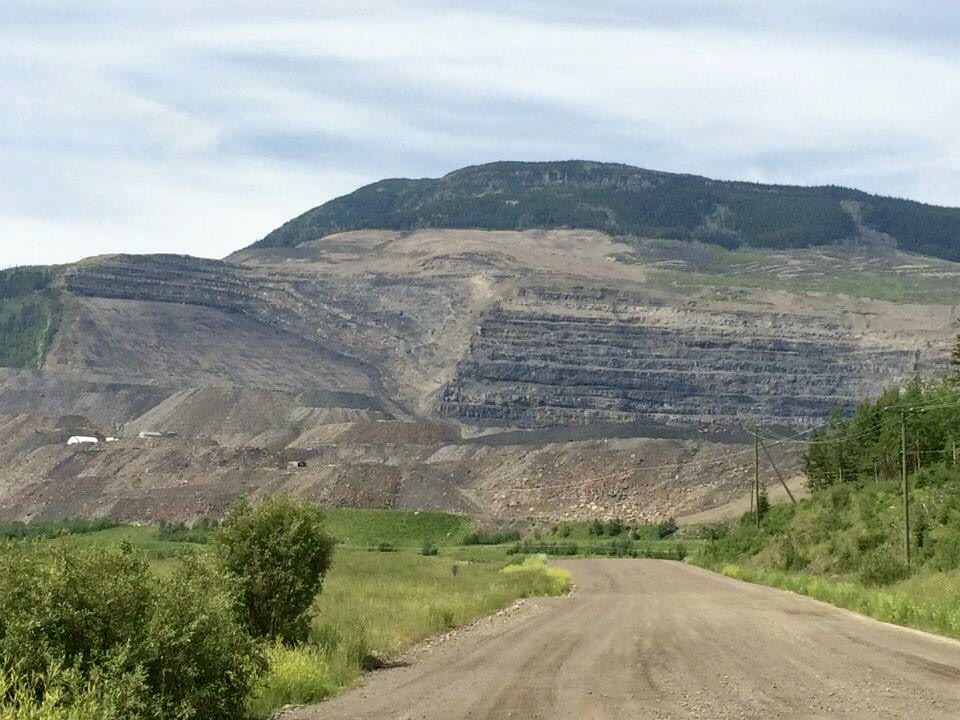
It is well-established that our health is strongly influenced by a range of interacting environmental, social, cultural and economic factors, and it follows that the relationship between population health and natural resource industries is complex. In Canada, our economy is closely tied to resource extraction and development that provides employment, generates tax revenues and contributes to our economic well-being and social welfare at the national level. These ties are especially pronounced in resource-based communities, where the natural resource sector drives regional economic growth, supports the financial well-being of numerous individuals and families, and contributes funding for community programs and infrastructure. Take for example the northeastern corner of British Columbia, a resource rich area which serves as a major hub for oil and gas development, as well as mining and forestry. The region contributes to over 20% of the province’s economy and communities in the area have some of the highest average incomes in the province. However, contrary to the relationship typically observed between economic well-being, income and health, local residents experience far poorer health outcomes than their southern counterparts – a life expectancy significantly below the provincial average and a disproportionate and inequitable burden of disease, illness, injury and mortality. Herein lies the paradox… a paradox that is not unique to northeastern BC but is experienced by many resource-rich areas across Canada and around the world.
The understanding and management of health impacts associated with resource development has traditionally focused on the impacts arising from biophysical exposures (e.g. changes to air quality, water quality, etc.). However, extensive research over the past three decades leaves little doubt that social factors are powerful determinants of health, there has been increased interest and concern about the social, cultural and economic impacts of resource extraction. A growing body of evidence indicates that these impacts (herein collectively referred to as “social” impacts) intersect to shape the health outcomes of individuals and communities in diverse ways. These effects are not spread uniformly across our population and the health of rural, remote and Indigenous communities is disproportionately adversely affected.
Some Personal Reflections on the Wealth/ Health Paradox
Having spent most of my life in Fort St. John (the main service centre for the northeastern region of BC), I have witnessed broad environmental and socio-economic changes brought about by resource development. In particular, it is the social impacts that have resonated with me the most: the stories I’ve heard of people living out of vehicles in the winter (as average rental prices during boom times have kept up with those in Vancouver); the times that pressures on the health care system have been so great that residents camp out for hours before the medical clinic opens just to get an appointment (and seniors who, familiar with the process, bring along lawn chairs); or the friends who are required to work for several months at a time in a remote camp and turn to drugs to cope. The place I know is different from the one my father grew up in: it is a place of both great wealth and poverty, a high rate of violent crime (in 2015 we had the 4th highest violent crime severity index in the country), and particular concerns about impacts to women and First Nations communities. I do not want to downplay the many clear benefits of industry (for example, income and financial security for individuals and families or our free indoor community walking track), or sell short the tremendous resilience and adaptability of the local people and workers. But it is notable that in spite of these benefits, their health lags behind the rest of the province, and their stories and the challenges they face deserve recognition.
Impacts to Social Determinants of Health
I started working with Northern Health’s Office of Health and Resource Development (HRD Office) in 2015. Much of the HRD Office’s work on social-related impacts has been to improve our understanding of the impacts and opportunities by partnering with researchers and gathering evidence. Part of that work is summarized in a report on impacts to social determinants of health. Interestingly, many of the impacts I have observed through my personal experiences in northeastern BC are reflected in the evidence from other resource communities across Canada and around the world. The evidence suggests that although resource development provides benefits and opportunities, cumulative adverse social impacts are occurring in rural and remote communities and negatively impacting community health, particularly for vulnerable populations. While leading practices are emerging for assessing, managing and monitoring these impacts, this work also highlighted critical gaps in the availability of evidence and resources required to respond to these impacts.
Putting Research into Practice
We have started putting these findings into practice through the work we do supporting major project approvals (such as the BC Environmental Assessment process) and other initiatives and policy decisions. Though this is not without its challenges, we have been able to find shared goals and practical solutions amongst partners that support healthy and sustainable development. These impacts are increasingly being recognized by decision-makers, industry and communities, but it is clear that much work and strong partnerships are required pull together the body of evidence, surveillance systems, support for communities and collective capacity necessary to better understand and respond to these impacts.
Communities whose local economies are closely tied to industry and who are continuously adapting to resource development related pressures, demographic changes and socio-economic fluctuations cannot manage these health impacts alone. Strong support from institutions tasked with conducting research and protecting our health and well-being is needed to advance progress in this area and address health inequities affecting rural, remote and Indigenous communities. By taking a balanced and partnership-based approach, we can minimize both the local and broader societal impacts (such as climate change), provide equitable opportunities and outcomes for all our citizens, and support a prosperous and healthy Canada into the future.
Learn More
- Paradox of wealth and health: Resource development and social determinants of health (Webinar)
- The social determinants of health impacts of resource extraction and development in rural and northern communities: A summary of impacts and promising practices for assessment and monitoring (Resource List)
- If you have any questions, please get in touch with us at [email protected].
Author Bio
Melissa Aalhus has experience working in a variety of research and public health capacities, and joined Northern Health’s Office of Health and Resource Development in 2015. Since then, she has participated in numerous Environmental Assessment processes across industry sectors, contributed to reviews of policy and legislation, supported research, and co-authored several best practice guidelines. She was the lead author of a summary report prepared in collaboration with the BC Observatory for Population and Public Health on impacts of resource development to social determinants of health. Ms. Aalhus is also the Regional Coordinator for the northern BC branch of the Environment Community Health Observatory Network. She received her B.Sc. in Health Sciences from Simon Fraser University. As a fourth generation resident of Fort St. John, BC, a community hosting significant industrial development, she has a unique insight into the challenges a community faces in adapting to changes brought on by resource development.

